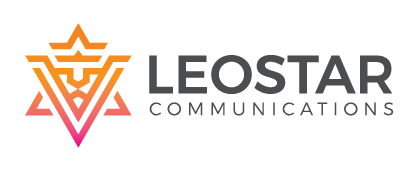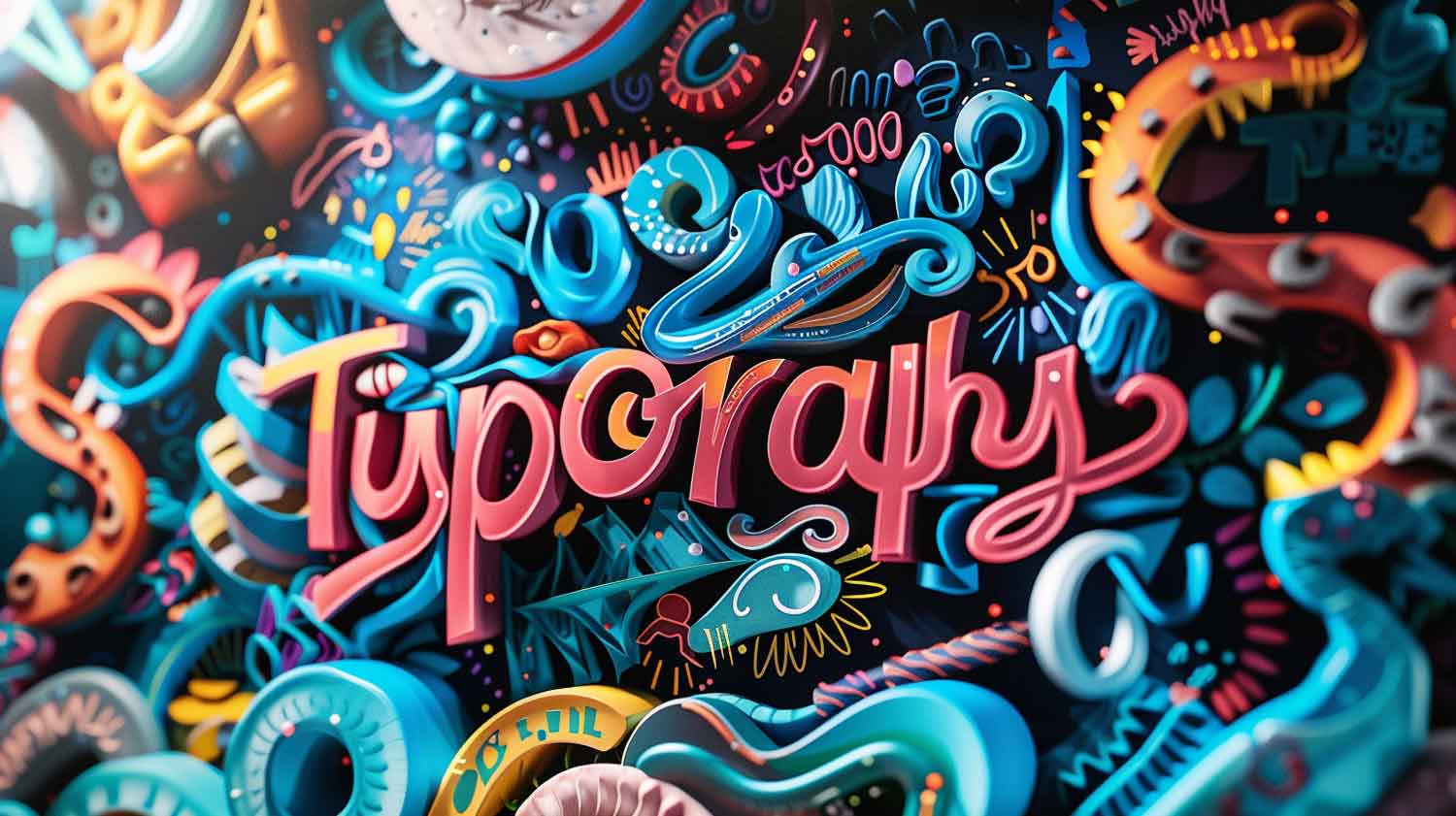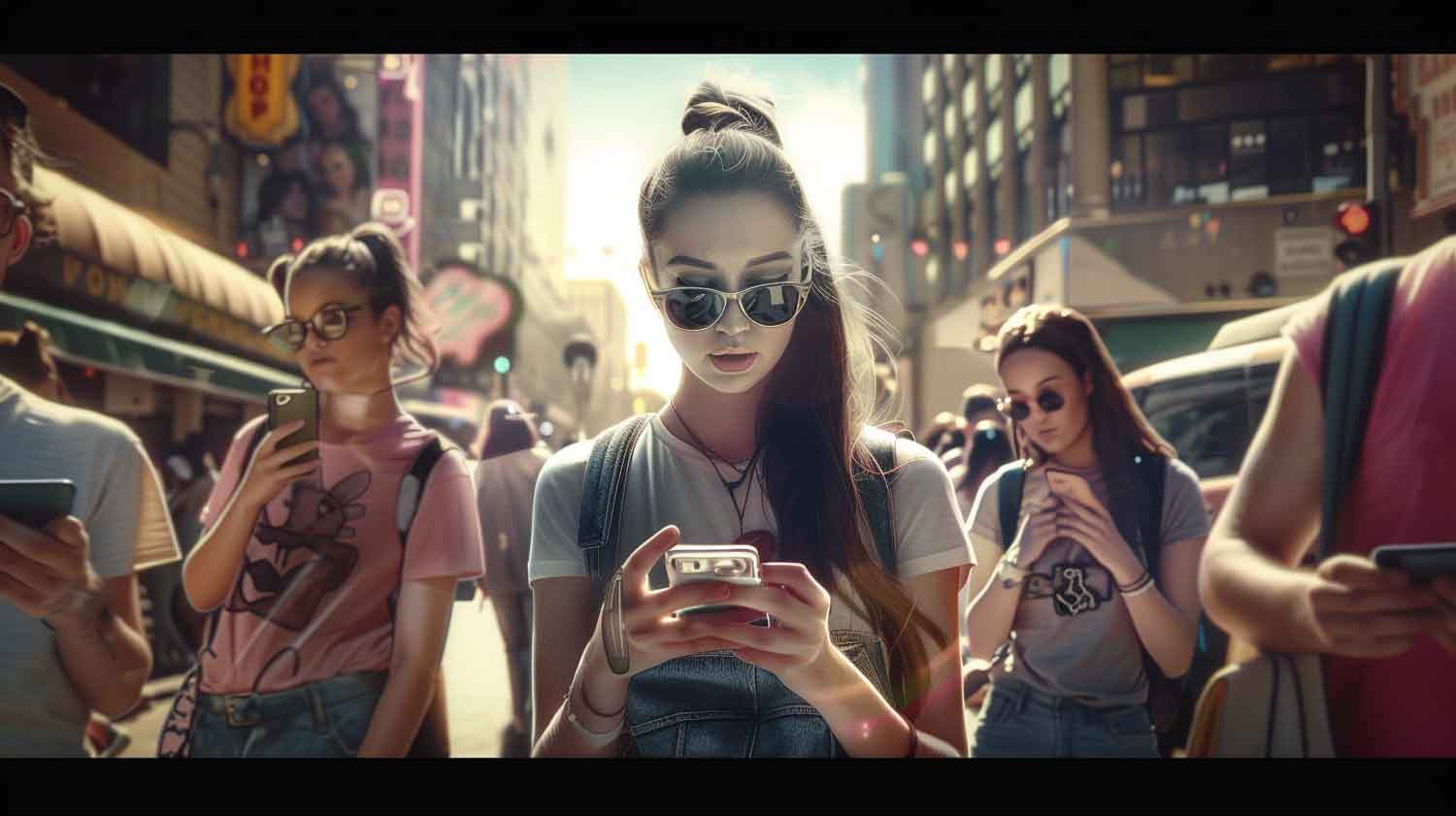The Power of Famous Blue Logos: Exploring Companies with Blue Logos in the World
Blue logos have become synonymous with trust, reliability, and innovation in the corporate world. Companies across various industries have recognized the power of using blue in their brand identities to convey a sense of professionalism and credibility. In this article, we delve into the world of blue logos, highlighting famous brands that have successfully incorporated this color into their visual identities. Whether you’re a design enthusiast or simply curious about the psychology behind branding, this article will provide valuable insights into the captivating world of blue logos.
The Allure of Blue Logos
Blue logos hold a unique allure that resonates across various industries. Blue is a color, with its calming and versatile nature, and has become a favorite color among designers for creating logos that stand the test of time. Many companies use blue as their primary color for their iconic logos due to its ability to convey a sense of trust, reliability, and professionalism.
The psychology behind the color blue plays a significant role in its popularity. Blue is often associated with qualities such as stability, loyalty, and serenity. This makes it an ideal choice for brands looking to instill confidence in their audience. Whether it’s the deep, corporate blue used by financial institutions or the bright, playful blue chosen by innovative technology companies, the allure of blue logos evokes a sense of specific emotions and perceptions.
The Psychology of Blue Color: Why Companies Use Blue Logos
Understanding the psychology of the color blue provides insights into why companies gravitate to choose the color blue when designing their logos. The blue logo represents the feelings of calmness, trust, and dependability. In the world of branding, these emotional associations are invaluable. Consumers are more likely to trust a brand that uses blue in its logo, making it a strategic choice for companies aiming to build a strong and reliable image.
Additionally, blue is often linked to professionalism and competence. This is particularly important for industries such as finance, healthcare, and technology, where credibility is paramount. The blue in this logo communicates a sense of stability and expertise, making it an ideal choice for companies that want to establish themselves as leaders in their respective fields.
Famous Blue Logos: Icons of Recognition
When it comes to one of the most famous logos, blue has left an indelible mark on some of the most recognizable brands in the world. The iconic blue in the logos of companies like Facebook, IBM, and Ford are ingrained in our cultural consciousness. These popular logos are not merely symbols; they are icons of recognition that transcend language and borders.
The simplicity and versatility of the color blue contribute to the enduring appeal of these logos. When used effectively, the Blue is associated with a sense of familiarity, and trust, making consumers more likely to engage with the brand. The ability of blue logos to withstand the test of time and remain relevant is a testament to the enduring power of this color in the world of design.
Use Blue Logo Color Combinations: Creating Visual Harmony
While blue is a powerful color on its own, its impact can be enhanced when paired with complementary colors. Logo designers often experiment with different color patterns to create visual harmony and convey specific brand messages. The color blue combines seamlessly with a variety of hues, from contrasting tones to harmonious shades.
For instance, blue and white form a classic color palette that exudes cleanliness and sophistication. This combination is often used by brands seeking a timeless and elegant aesthetic. On the other hand, pairing blue with warmer tones like orange or yellow can inject energy and vibrancy into a logo, making it more dynamic and attention-grabbing.
Technology Companies and the Blue Logo Trend
The technology industry has embraced the trend of using blue logos, and for good reason. Blue aligns perfectly with the values and messages that tech companies want to convey to their audience. The color is often associated with innovation, trust, and reliability—qualities that are particularly crucial in an industry driven by cutting-edge advancements.
Many of the world’s leading tech companies, including IBM, Dell, and Intel, prominently feature blue in their logos. This strategic use of blue color not only reflects the professionalism of these brands but blue for their logo also instills a sense of confidence in consumers. In a fast-paced and ever-evolving industry, the blue conveys reliability and becomes a powerful asset.
The Symbolism of Popular Blue: Conveying Brand Values
Beyond its aesthetic appeal, blue is also the color that is chosen by companies to symbolize specific values and characteristics. For example, financial institutions often use dark blue to convey a sense of security and trustworthiness. Healthcare companies may opt for lighter shades of blue to evoke a calming and reassuring atmosphere.
The symbolism of blue extends to various industries, with each company make use of the color strategically to align with its brand values. Whether it’s the clear blue skies representing freedom and openness or the deep shade of blue connoting professionalism, the shade of blue is also a visual language that communicates a brand’s identity to its audience.
Shades of Blue in Logo Design: From Soft to Bold
One of the fascinating aspects of best blue logos is the wide range of shades that can be employed to achieve different effects. From tranquil light blue shade and soft shades of blue to bold and authoritative dark blues, each blue represents its own connotations and can dramatically impact the overall perception of a logo.
For instance, a tech company aiming to convey innovation might opt for a vivid and bright blue, while a financial institution focused on stability might choose a deep navy blue. The versatility of solid blue allows for endless possibilities in brand logo design, enabling companies to tailor their visual identity to match their unique brand personality.
Blue and White: A Classic Color Scheme
The timeless combination of blue and white has been a staple in logo design for decades. This classic color combo exudes simplicity, cleanliness, and sophistication. Companies that choose these two for their logos often seek to create a look that is both modern and enduring.
The iconic blue and white color scheme is particularly popular in industries where trust and professionalism are paramount. Financial institutions, healthcare providers, and tech companies frequently utilize this classic combination to convey a sense of reliability and competence. The clean contrast between the white and blue colors ensures that the logo remains legible and impactful across various platforms.
Companies with Blue Logos: A Diverse Palette of Color Blue
The prevalence of blue logos extends across a diverse palette of industries. From social media giants like Facebook to automotive titans like Ford and even the Unilever logo, most of the recognizable logos use blue as the main color to establish a strong and memorable brand presence. The diversity of industries embracing blue in its branding highlights the universal appeal and adaptability of this color.
Whether it’s the unique blue oval of the Ford logo symbolizing trust in the automotive industry or the bright shade of blue on social media platforms conveying a sense of connectivity, companies strategically leverage the power of blue to resonate with their target audience. Exploring the broad spectrum of industries using blue logos provides valuable insights into the diverse ways this color can be employed for brand success.
Creating Your Blue Logo: Tips and Considerations to Choose Blue
If you’re considering incorporating blue into your logo, here are some tips and considerations to keep in mind:
Understand Your Brand Values: Consider how the color blue aligns with the values and personality of your brand. Whether you’re aiming for professionalism, innovation, or trust, choose a shade of blue that resonates with your brand identity.
Experiment with Color Combinations: Don’t be afraid to experiment with different shades of blue. Blue pairs well with a variety of hues, and the right combination can enhance the overall visual impact of your logo.
Consider Industry Expectations: Be aware of industry expectations and trends. While blue is versatile, certain shades may be more commonly associated with specific sectors. Consider how you can stand out within your industry while still meeting audience expectations.
Test Legibility: Ensure that your new logo remains legible across different blue backgrounds and sizes. The contrast between the blue and any accompanying elements, such as text or icons, should be carefully considered for optimal visibility.
Reflect on Long-Term Branding: Think about the long-term implications of your logo choice. Will the shade of blue you select remain relevant and timeless? Avoid overly trendy choices that may quickly become outdated.
Seek Professional Design Guidance: If you’re unsure about the best approach for your blue logo designs, consider seeking guidance from professional logo designers. Their expertise can help you make informed decisions that align with your brand goals.
Conclusion
As we’ve journeyed through the captivating world of blue logos, it’s clear this color is more than just an aesthetic choice. It’s a strategic tool harnessed by countless companies to evoke trust, reliability, and a sense of calm. From the calming presence of Facebook’s azure to the vibrant energy of PepsiCo’s royal blue, each shade tells a unique brand story.
Remember, the power of blue isn’t limited to giants. Whether you’re a budding startup or an established company, consider incorporating blue into your logo design. Explore different shades and tones to find one that aligns with your brand values and resonates with your target audience. After all, the right shade of blue could be the missing piece that unlocks your brand’s true potential.
So, go forth and unleash the power of blue! But remember, the most crucial element of any logo is not its color, but its ability to tell your unique brand story and connect with your audience on an emotional level. Choose wisely, and paint your own masterpiece in the vast canvas of branding.






